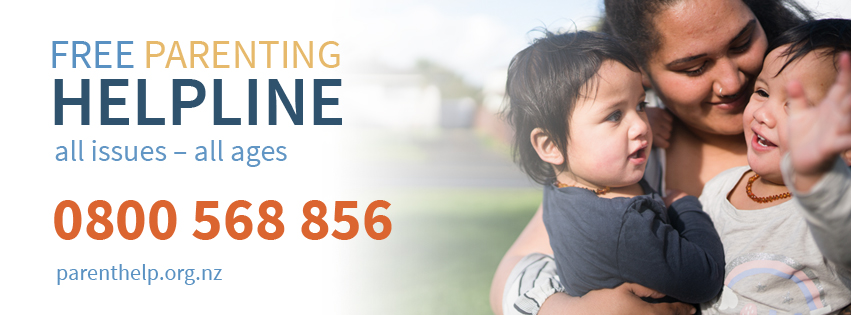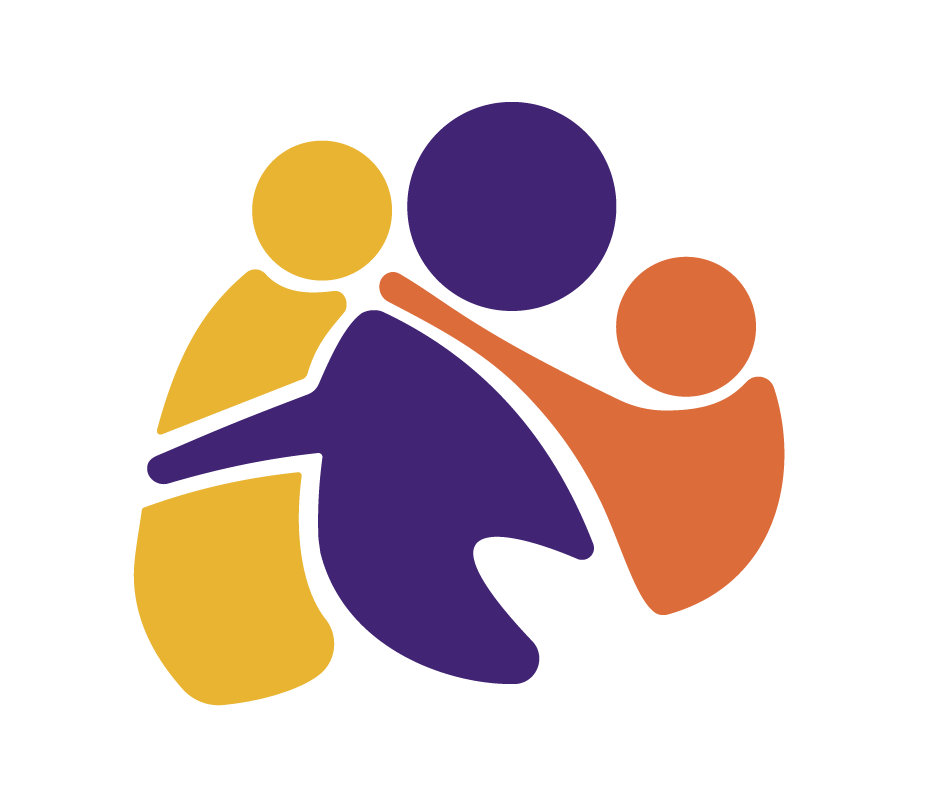Time In is a parenting strategy that empowers children to learn to self-soothe and how to work things out for themselves. It involves keeping the child near you, helping them to calm down, and teaching them how to stop and reflect.
It differs from Time Out in that it is not a punishment or a consequence, but a learning tool. Consequences come after, when the child is calm and able to understand them.
- Remove but near
- Calm down
- Talk
Remove the child
To begin with, remove the child from the situation where the undesirable behaviour is taking place, but keep them near you. Sit with them and help them to calm down.
If you have other children you need to attend to (the victim of the behaviour, the other participant in the quarrel, the crying baby etc), sitting with them may not be immediately possible. In the first instance, then, the child needs to be separated from other children but kept in the same room and near you if possible. This place, if it must be labelled, should be called something like the “calming corner”, NOT the “naughty chair”. Labelling a child as “naughty” is more likely to reinforce their feelings of anger and injustice than to help them calm down and reflect constructively.
Calming down
If you can’t be with the child immediately, allow them to fetch a favourite toy to cuddle and talk to until you can. This enables them to vent some feelings, to start to calm down, and, potentially, gives you a chance to hear what’s going on for them. This isn’t rewarding the behaviour – it is helping the child to learn self-soothing.
There should also be no discussion with the child until they have calmed down – clear instructions are all that are needed, and you should avoid getting into any arguments or discussions about the behaviour.
Go to the child as soon as you can, cuddle them if they’ll allow it, and calm them down.
Time to talk
Once they are calm – and not before – is the time to talk in quiet, simple terms about what has happened and what was wrong with their behaviour. There should be a consequence such as confiscating a toy (NOT their comfort one) or withdrawing a privilege, BUT with the clear ability for them to earn it back by not repeating the behaviour. If they can go the rest of the day without hitting (or otherwise hurting) their little brother, for example, they can have their truck back at bedtime. Talk about ways they might be able to stop themselves if they feel they might do it again – talk to mummy, go and cuddle teddy, etc.
Modelling behaviour
Model the required behaviour by playing with them to demonstrate sharing and collaborating. Ask them to show you how good they can be at it. Enlist their help in gently showing their little brother, for example, how to play nicely.
Reinforce the desired behaviour, quietly discourage any signs of the undesirable behaviour, and, importantly, praise the effort the child is putting in.
Older children
For children, over 7 or 8, time out may be more appropriate. At this age they have some control over their emotions, and a few minutes self-calming in their room – perhaps referred to in terms that allow the child some agency, such as ‘taking time out’ rather than the more punitive ‘time out’ – can be followed up with assistance from you in calming down. Cuddle them and reinforce that it is the behaviour, not them or the emotion, that you disapprove of, and then talk about what has occurred and how they might handle things differently in future. As with younger children, the removal of a privilege that can be earned back through good behaviour both reinforces the behaviour and encourages the child’s self-regulation.
Modelling time out
If you are uncertain about how to help your child calm down, think about how you feel when you are upset or angry, and how taking some time out, away from the emotional situation, can be helpful.
Model taking time out when you are feeling angry: it’s ok to say “I’m too angry to deal with this right now. I’m going to take some time out to calm down, and we’ll talk about this later.” This strategy is particularly critical when dealing with teenagers, for whom meeting anger with anger will only make the situation a great deal worse.
Talking about emotions
It is also important to name and talk about emotions. Many parents feel that naming anger, for example, reinforces a ‘negative’ emotion. It is important, however, that children know what it is that they are feeling and how to express it in a socially acceptable way.
Talking about how it feels to experience that emotion validates their experience and enables you to talk about strategies the child might employ to control it. It is ok to be angry – it is how anger is expressed and managed that the child needs help with.
Children of 5 and over can be encouraged to come up with their own strategies – with parental guidance – and it is good to ask them how you can help them when they are experiencing difficulties. Many children will say that a cuddle helps, or a little bit of time by themselves. It can be helpful to have a signal that they can use when they feel they are starting to lose control and need some help.
If you have found this information useful and would like to talk with one of our trained telephone support workers, give our free nationwide Parent Helpline a call on 0800 568 856. We are here to talk about any of your parenting concerns. We receive calls about all age groups – from babies to adolescents – and no issue is too big or small.



